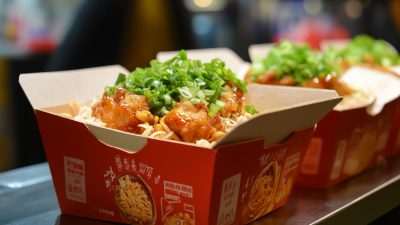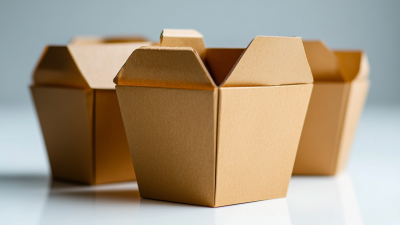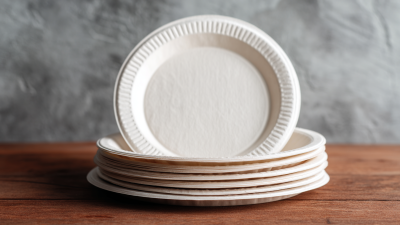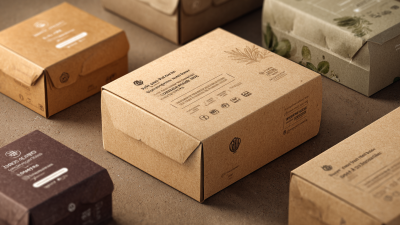Leave Your Message
When it comes to ensuring food safety and environmental sustainability, selecting the right Food Packaging Boxes is crucial for businesses and consumers alike. Eco-friendly packaging not only helps to protect the integrity of food products but also reflects a commitment to reducing environmental impact. However, navigating the myriad of options available can be challenging, especially when seeking solutions that meet stringent FDA standards. Understanding the essential criteria for choosing eco-friendly food packaging is vital for maintaining compliance while contributing to a healthier planet. This guide will present seven essential tips for selecting Food Packaging Boxes that are not only environmentally responsible but also adhere to regulatory requirements, helping you make informed decisions in your packaging choices.
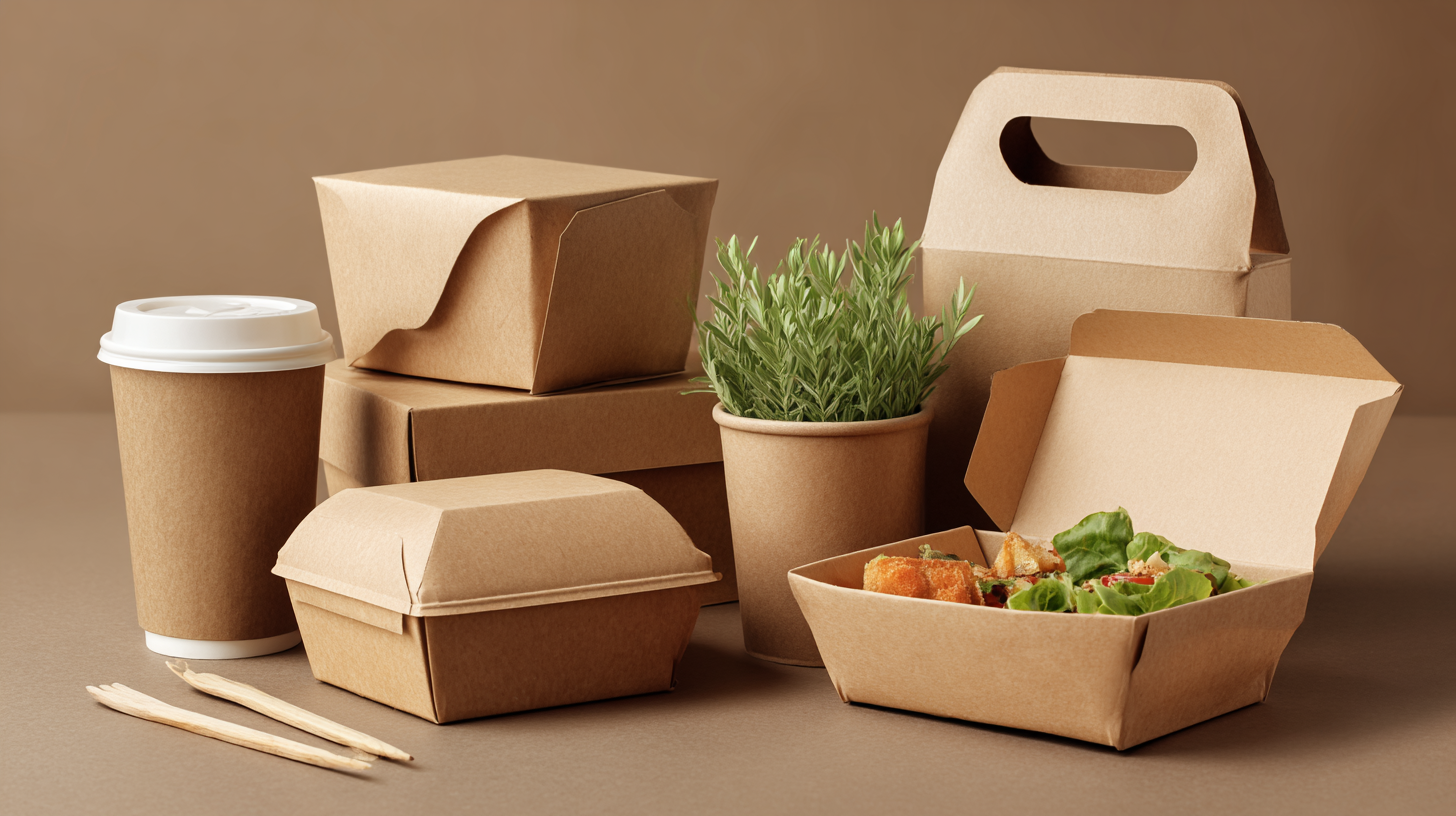
When selecting eco-friendly food packaging boxes, it is crucial to understand the FDA standards that govern food safety and materials. The FDA mandates that all food contact substances must be safe for intended use and must not transfer harmful substances to food. This includes compliance with established regulations regarding the composition of packaging materials, ensuring that they do not leach harmful chemicals during storage or transport.
Furthermore, manufacturers must adhere to guidelines that specify the use of approved substances in the creation of packaging. This involves proper testing and documentation to prove that their eco-friendly materials meet the standards set forth by the FDA. Choosing packaging that is both environmentally sustainable and compliant with these regulations ensures that your food products remain safe for consumers while also aligning with a growing commitment to sustainability in the food industry. Understanding these standards not only protects public health but also enhances brand reputation among environmentally-conscious consumers.
| Tip Number | Tip Description | FDA Compliance Aspect | Eco-Friendly Material Examples |
|---|---|---|---|
| 1 | Choose recyclable materials | Recyclability Standards | Cardboard, PET |
| 2 | Ensure food contact safety | FDA Food Safety Regulations | Bioplastics, Paper |
| 3 | Opt for compostable options | Compostability Standards | PLA, Starch-based Materials |
| 4 | Check for certifications | Certifications for Safety and Sustainability | FDA Certification, FSC Certification |
| 5 | Consider minimal packaging | Sustainability Best Practices | Simple Cardboard Boxes, Wrappers |
| 6 | Evaluate sourcing practices | Sourcing and Compliance Requirements | Sustainably Sourced Materials |
| 7 | Assess barrier properties for preservation | Barrier Compliance Standards | Greaseproof Paper, Coated Cardboard |
When it comes to selecting eco-friendly food packaging boxes, the choice of materials plays a critical role in ensuring sustainability while adhering to FDA standards. According to a report by the Sustainable Packaging Coalition, nearly 90% of consumers are concerned about environmental impacts, which has pushed companies to consider biodegradable, recyclable, and compostable materials. For instance, materials like plant-based bioplastics derived from cornstarch or sugarcane offer a sustainable alternative to traditional plastics, as they break down more easily and have a lower carbon footprint.
Another key factor in identifying sustainable materials is the certification and compliance with regulations. The United States Department of Agriculture (USDA) and the FDA have established guidelines that allow brands to convey their commitment to safety and sustainability. Using materials that are certified by organizations such as the Forest Stewardship Council (FSC) not only assures that the packaging is derived from responsibly managed forests but also enhances consumer trust. Brands can also leverage data from the Ellen MacArthur Foundation, which states that transitioning to sustainable packaging could lead to a reduction of over 70% in plastic waste, further emphasizing the need for thoughtful material selection in food packaging strategies.
This bar chart compares different eco-friendly food packaging materials based on their sustainability ratings. A higher score indicates a more sustainable option suitable for meeting eco-friendly standards.
As the global food packaging market is projected to reach $81.54 billion by 2024 and grow to $122.15 billion by 2032, the importance of environmentally friendly packaging is becoming increasingly evident. Evaluating the environmental impact of your packaging choices is crucial for sustainability. Opting for eco-friendly materials not only helps in reducing waste but also aligns with regulatory standards like those set by the FDA.
When selecting eco-friendly packaging boxes, consider using biodegradable or recyclable materials, which can significantly lessen the environmental footprint. Additionally, look for suppliers committed to sustainability practices, as this can enhance the credibility of your brand and its products. Another tip is to assess the lifecycle of the packaging—choosing options that use fewer resources and energy during production can greatly contribute to overall sustainability.
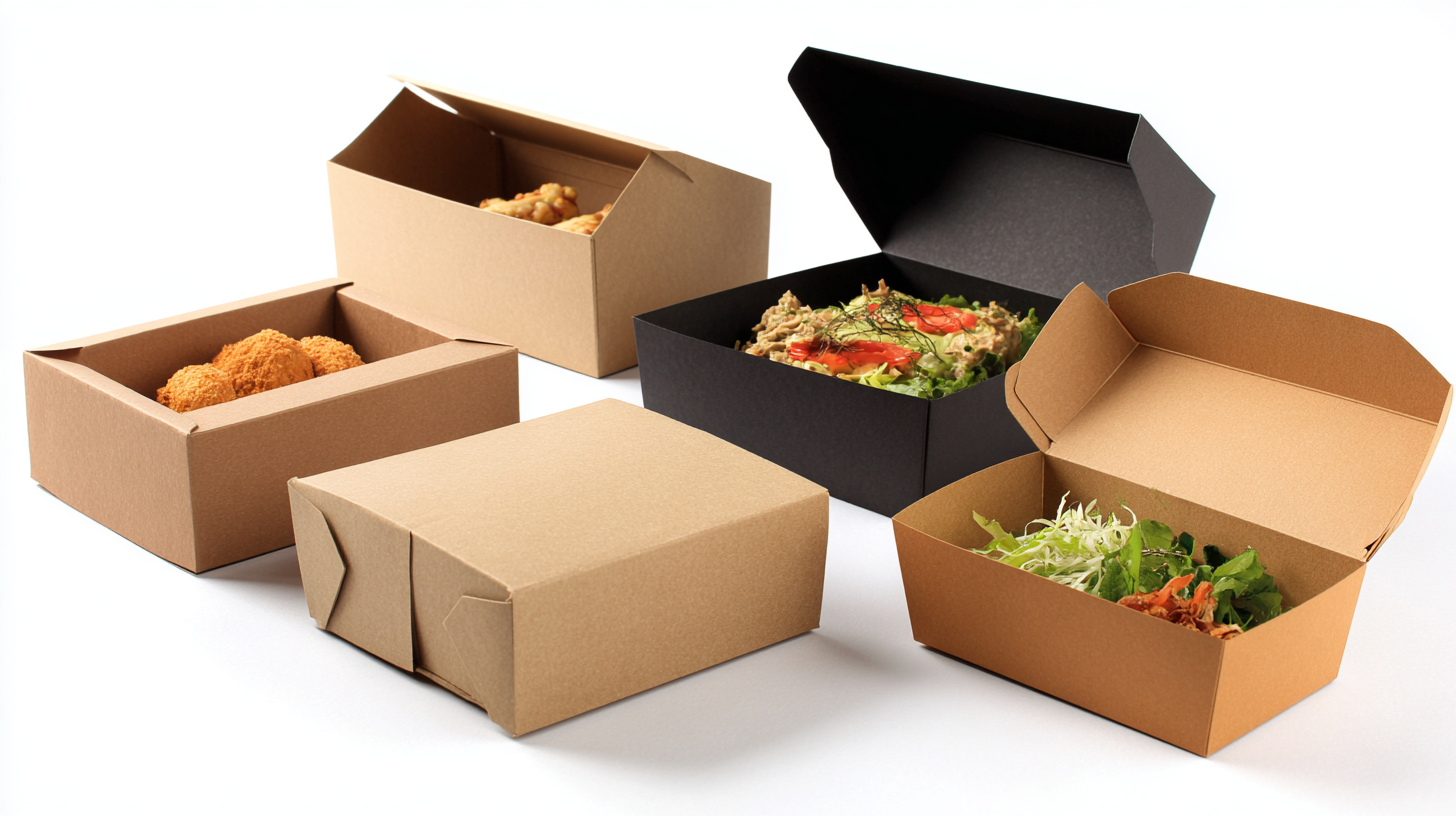
Innovative products like non-plastic packaging solutions are emerging in the market, showcasing how businesses can reduce their environmental impact while meeting consumer demands. Such advancements highlight the growing trend toward sustainable practices in food packaging, further urging companies to rethink their strategies in favor of a greener future.
When it comes to food packaging design, ensuring functionality and safety while adhering to FDA standards is essential. The growing consumer expectations for packaging now extend beyond mere protection. They seek versatility, convenience, safety, and aesthetics in their food products. Therefore, the packaging industry is undergoing a significant transformation to meet these demands.
Here are some essential tips for selecting eco-friendly food packaging boxes. First, prioritize materials that are sustainable and recyclable, such as biodegradable plastics or paper materials. This not only helps the environment but also resonates with eco-conscious consumers. Second, ensure that the packaging is designed to prevent contamination and maintain food safety, in compliance with FDA regulations. Proper sealing and labeling are key aspects of achieving this. Lastly, consider the ease of use for consumers; packaging should be user-friendly, facilitating quick opening and resealing while ensuring product integrity.
By focusing on these elements, brands can not only meet consumer expectations but also contribute positively to sustainability efforts within the food industry.
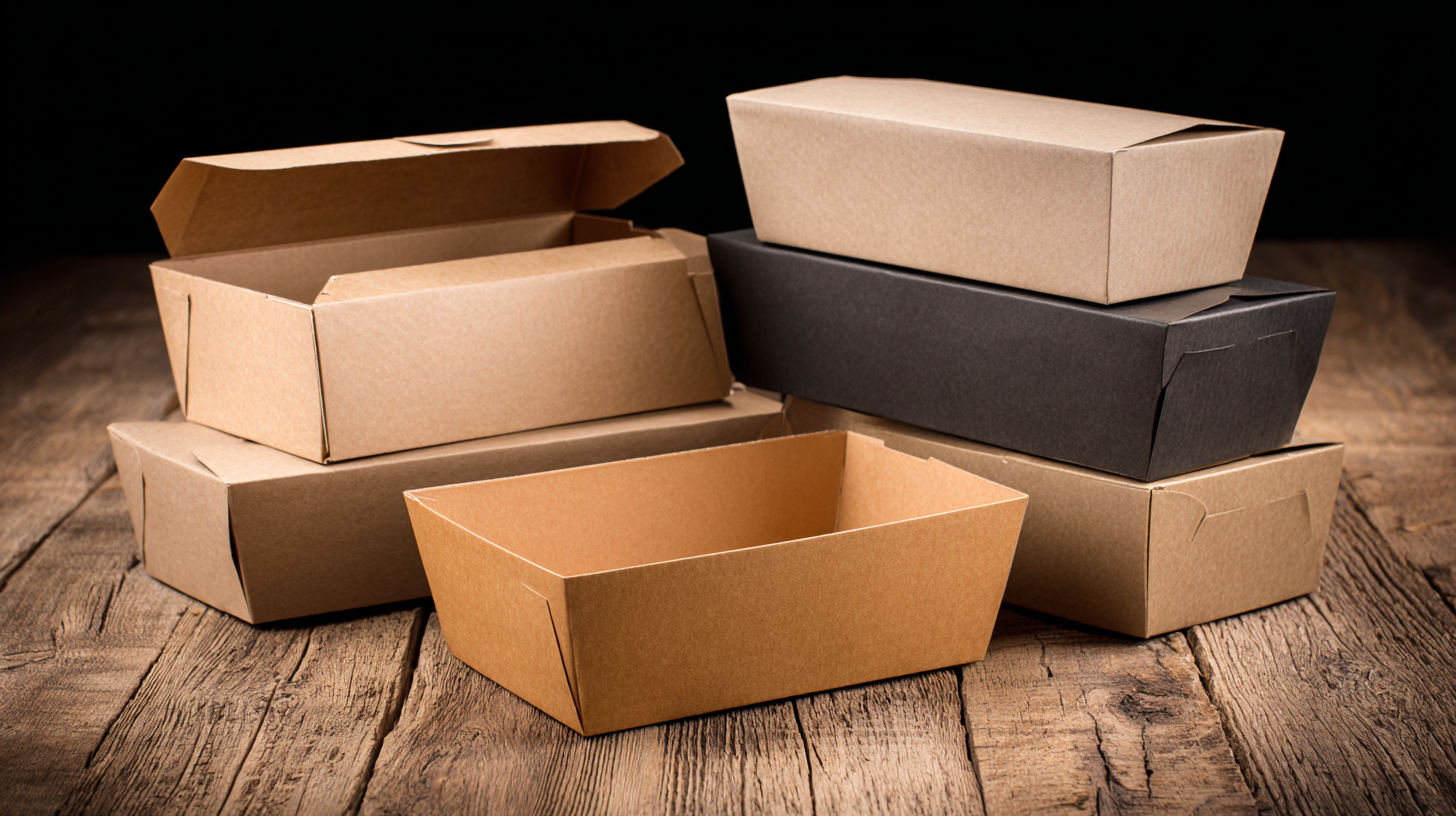
When it comes to sourcing eco-friendly food packaging boxes, collaborating with suppliers who prioritize sustainability is essential. Begin by researching suppliers who specialize in biodegradable and recyclable materials, as this aligns with both environmental goals and FDA standards. Establishing partnerships with suppliers that have a transparent supply chain can help ensure that the materials used are ethically sourced and safe for food contact. This level of transparency not only builds trust but also reinforces your commitment to sustainability.
Moreover, consider engaging in discussions with potential suppliers about their production processes. Understanding how they minimize waste and energy consumption can provide insight into their overall environmental impact. Look for suppliers who are certified by recognized environmental standards, as this can serve as a benchmark for their commitment to sustainability. By creating these collaborative relationships, businesses can contribute to a circular economy, promote eco-friendly practices, and ultimately enhance their brand's reputation in the market.
